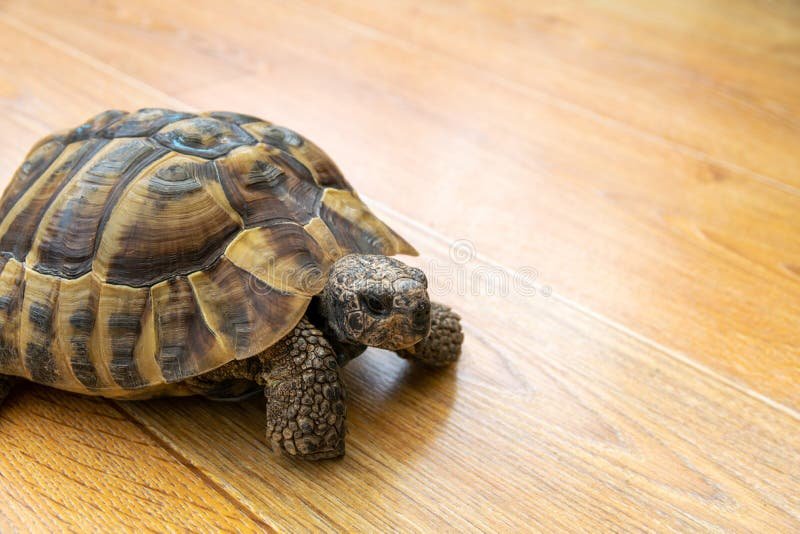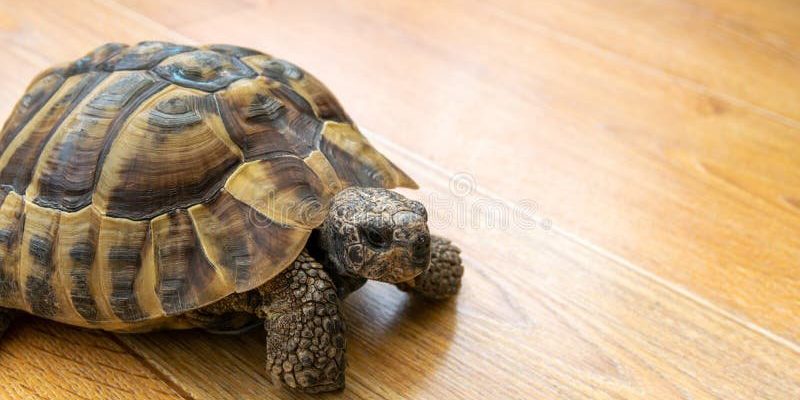
The Hermann’s tortoise is a charming little reptile, native to the Mediterranean region. They’re often described as having a personality all their own, with some even likening them to living, breathing pieces of nature that you can keep in your home. But are they actually good for beginners? Let’s dive into everything you need to know about caring for a Hermann’s tortoise, from their habitat needs to their diet and even some quirks that make them special.
Understanding the Hermann’s Tortoise
To start off, let’s talk about what makes the Hermann’s tortoise stand out. They’re relatively small, usually growing to about 5-10 inches, making them perfect for someone who doesn’t have a lot of space. These tortoises have a characteristic dome-shaped shell with beautiful yellow and black patterns—definitely eye-catching!
Another appealing aspect is their gentle nature. They tend to be calm and can be quite affectionate, often enjoying human interaction. If you’ve got kids or are just looking for a low-maintenance companion, a Hermann’s tortoise might just fit the bill. They don’t require a ton of socialization like a dog would, but they do appreciate a little attention now and then.
But, before you rush into adopting one, it’s crucial to understand their basic needs. They thrive in warm temperatures, needing a well-maintained habitat that mimics their natural environment. You’ll need to provide a proper setup, which includes heating lamps, a substrate, and areas for basking and hiding.
Ideal Habitat for Hermann’s Tortoise
Creating a suitable habitat for your Hermann’s tortoise is non-negotiable. Picture a mini Mediterranean paradise right in your living room! First things first: they need a spacious enclosure. A good rule of thumb is at least 4 square feet for one tortoise.
The substrate is equally important. You can use a mix of soil and sand to create a natural feel. This allows them to burrow, which they enjoy. Make sure to keep the enclosure clean, as tortoises are prone to bacteria if their living space gets too dirty.
Lighting is essential, too. Hermann’s tortoises require UVB lighting to help them synthesize calcium, which is vital for their shell and bone health. Think of it as their sun—without it, they could develop serious health issues. This means investing in a good quality UVB bulb that mimics natural sunlight.
Feeding Your Hermann’s Tortoise
Now, let’s chat about what to feed your Hermann’s tortoise. They’re herbivores, meaning their diet consists mostly of greens, fruits, and some flowers. It’s important to provide a varied diet to ensure they get all the nutrients they need.
Here’s what to include:
- Dark leafy greens like kale, collard greens, and dandelion greens
- Vegetables such as bell peppers and carrots (in moderation)
- Occasional fruits like watermelon and strawberries
- Calcium supplements to strengthen their shell
Feeding them can be a fun ritual. Watch how they munch on their greens—tortoises can be surprisingly picky! Just remember to avoid high-protein foods and iceberg lettuce, which has little nutritional value for them. You might be wondering why there’s so much focus on diet. Well, a proper diet helps keep their shell healthy and prevents issues like pyramiding, which can occur if they don’t get enough calcium.
Handling and Interaction
One of the most enjoyable aspects of having a Hermann’s tortoise is their personality. You might find yourself wanting to handle them, but here’s the thing: they prefer to stay grounded. While it’s okay to pick them up occasionally, it’s crucial to do it gently and confidently.
When holding a tortoise, make sure you support their body properly. You wouldn’t want to drop your little friend! Instead of grabbing them from above, let them crawl onto your hand. This approach makes the experience less stressful for them.
Moreover, they can become accustomed to your presence. If you’re patient and engage with them regularly, you may notice them coming closer to you in their enclosure. This could be your tortoise’s way of saying, “Hey, I trust you!”
Common Health Issues and Solutions
Just like any pet, Hermann’s tortoises can face health problems. Some common issues include respiratory infections, shell problems, and vitamin deficiencies. It’s essential to keep an eye on their behavior and physical appearance.
For example, if your tortoise is wheezing or seems lethargic, it might be time for a vet visit. Keeping their habitat clean and well-lit can help prevent these issues from arising. Providing a balanced diet rich in calcium is equally important.
Regular check-ups with a veterinarian who specializes in reptiles can set your tortoise on the path to good health. After all, an ounce of prevention is worth a pound of cure!
So, is the Hermann’s tortoise a good choice for beginners? Honestly, if you’re ready to put in a bit of effort, they can be fantastic companions. They’re easy to care for with the right setup and can add a unique touch to your home. Plus, their charming personalities and gentle nature can really brighten your day.
Before you make the leap, just ensure you can commit to their care. They’re a long-term commitment, often living for 50 years or more! If you think you can meet their needs and love having a slow-paced buddy by your side, the Hermann’s tortoise could be the perfect fit for your family.

